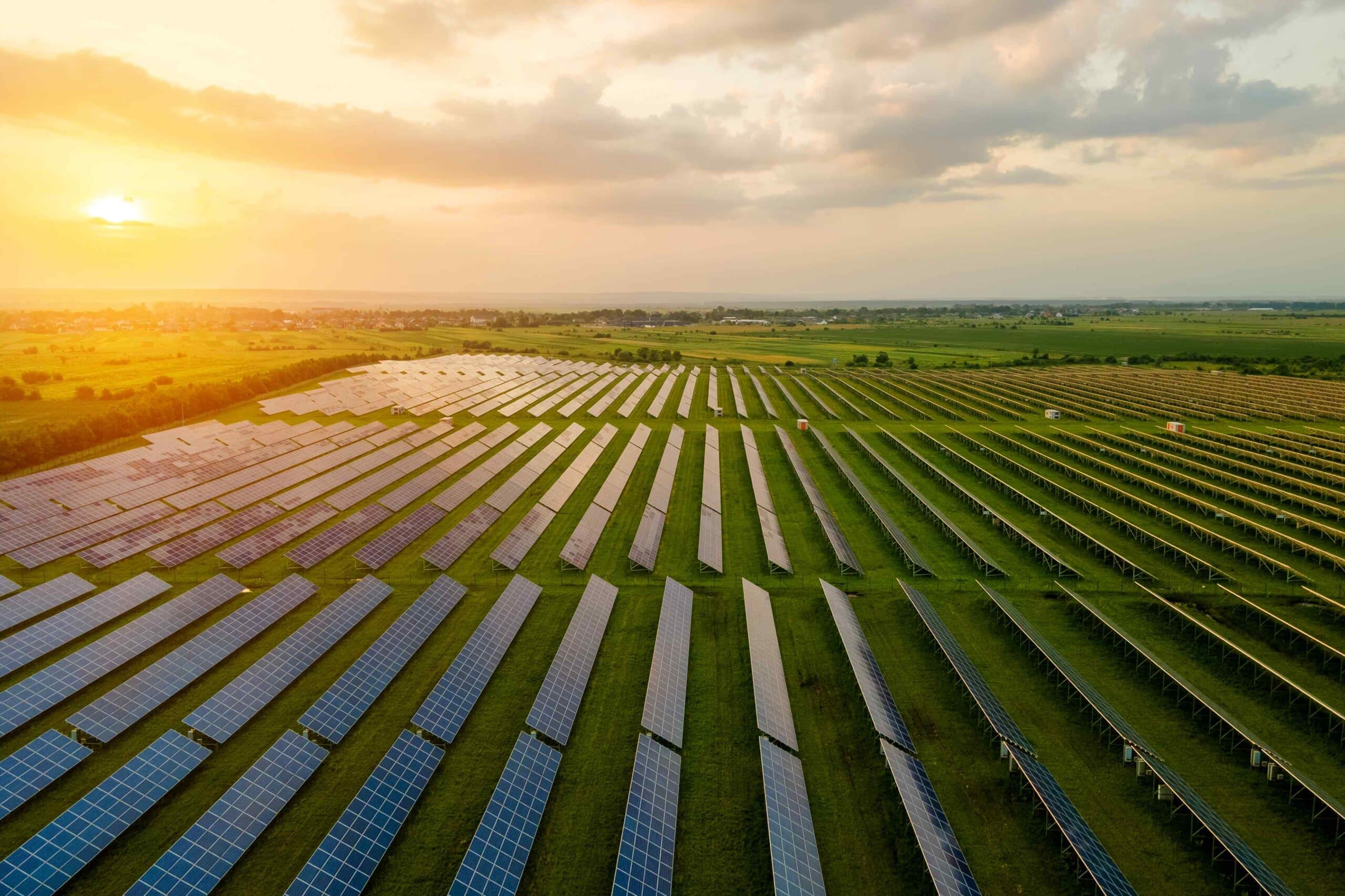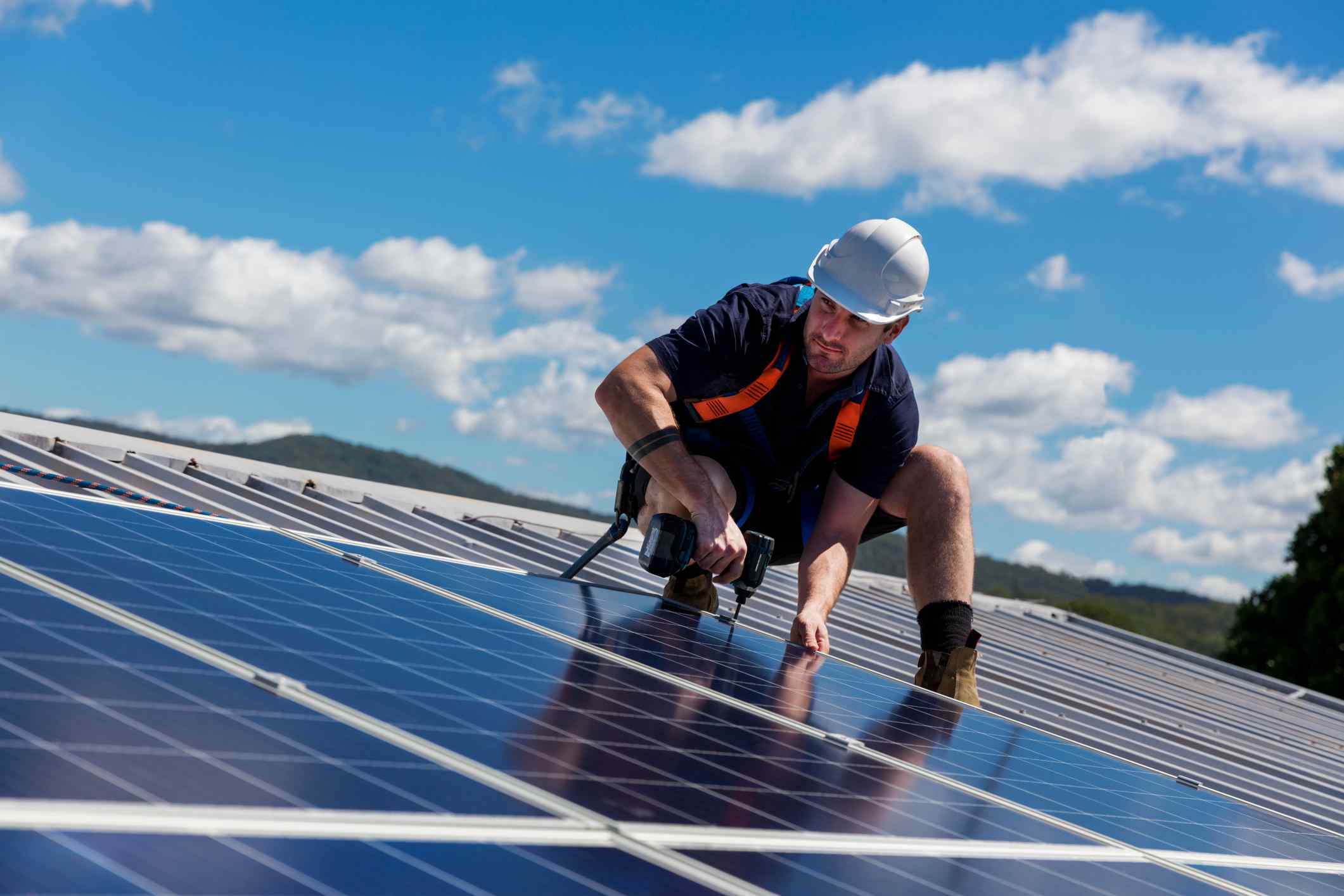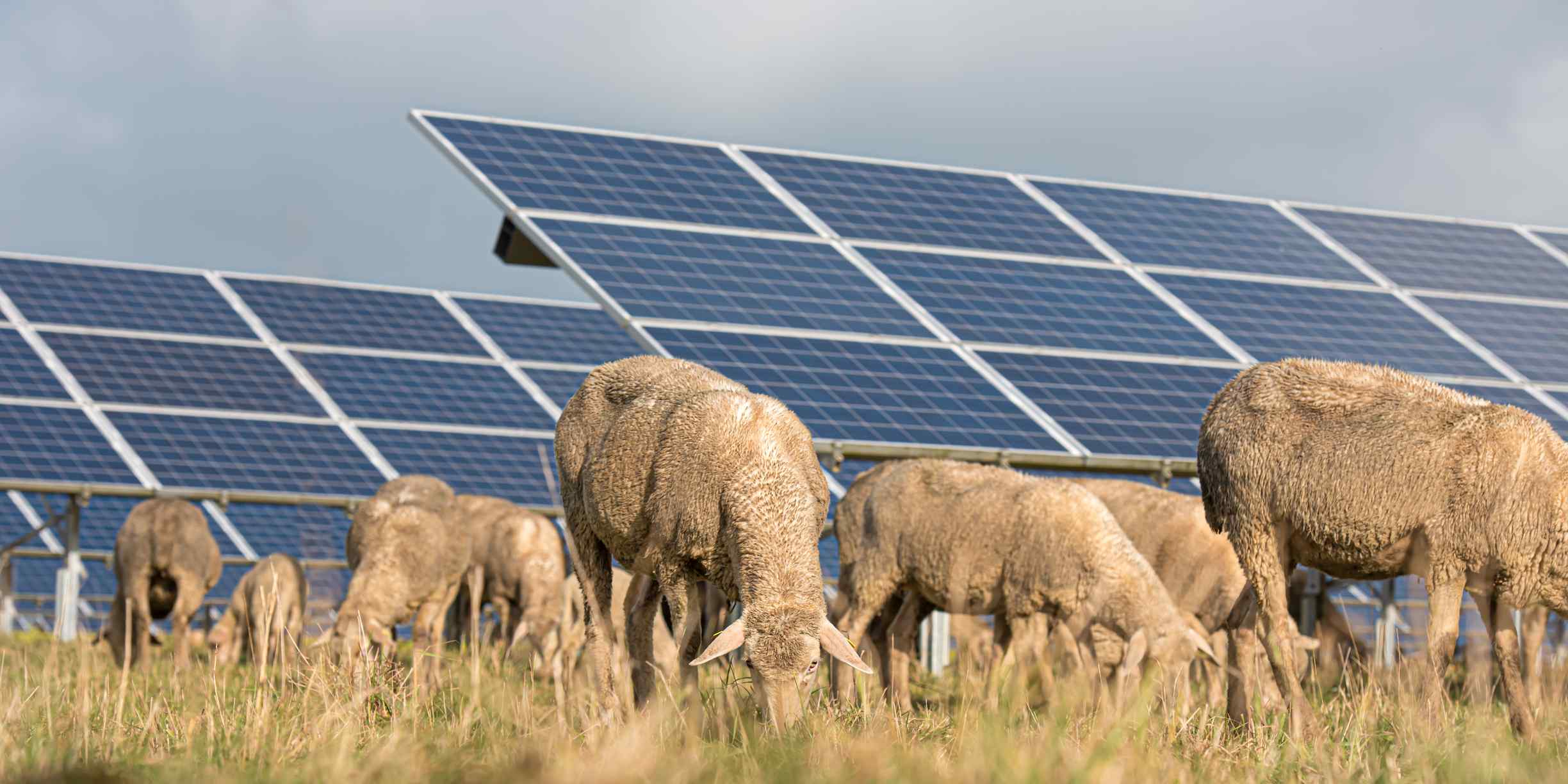POSTED
July 12, 2024
Harnessing the Sun: The Economic Impact of Solar Energy on Local Economies
The demand for clean energy is surging. In 2023 alone, the world added 50% more renewable energy capacity than the previous year. Increased investment in clean energy and a growing corporate commitment to combat climate change have led to a recent rise in renewables. This spike in renewable energies is due in large part to a substantial increase in solar power installations. In fact, solar energy accounted for three-quarters of global green energy additions. This trend is not expected to slow anytime soon, with the World Economic Forum projecting renewable energy capacity to more than double by 2028, driven largely by solar power.

As the demand for solar power increases, so does the demand for enough land to install utility-scale solar farms. This can be a huge benefit to landowners and their communities. Here are some of the economic benefits of solar farms.
Job Creation
Utility-scale solar farms have an enormous impact on local job creation throughout their development and operation. During the building phase alone, a single large solar farm can create hundreds of jobs over several months or even years. Typically, these jobs are filled by local workers due to convenience or as a project stipulation.
Once operational, utility-scale solar farms require ongoing maintenance, providing permanent jobs for technicians, security staff, and operations managers. Beyond the direct jobs created by the construction and operation of solar farms, there are a number of indirect job opportunities. These opportunities include activities like the production and transport of materials and increased business for local services that support the workforce and the project.

Reskilling the local workforce for solar jobs can also have a lasting impact. Clean energy jobs have grown 10% over the past two years with solar photovoltaic installers projected to be one of the 15 fastest-growing occupations through 2032. More than two-thirds of these jobs don’t require a bachelor’s degree and, on average, offer a higher median wage.
Increased Tax Revenue
Typically, solar farms lead to higher property taxes. This can be especially true when they are built on previously undeveloped or agricultural land. Leasing land for solar farm development can provide landowners with steady, long-term income streams, increasing the valuation of the land. Building a solar farm usually involves significant investment in the local infrastructure outside direct tax contributions. Improvements to roads and the electrical grid make the area more appealing for further development and indirectly boost the value of the land.
The construction phase also involves purchasing materials and equipment which contributes to an increase in sales tax revenue. A solar farm also generates more income tax from the jobs created, along with corporate income taxes collected from companies involved in the development and ongoing maintenance of solar installations.
One notable example of this is in Brown County, Ohio, where a utility-scale solar farm is projected to contribute $63 million in payments to local communities over the life of the project. These funds will be used for improving local services like schools, health systems, and emergency services. This is a huge economic boost for the rural communities in the area that have historically struggled to attract outside investment.
Boost to Local Business
The construction and operation of solar farms can be a huge opportunity for local businesses. Construction companies will usually benefit from the large amount of infrastructure work generated by a solar farm. Local service providers can also benefit long-term from the ongoing maintenance, and material suppliers can benefit from the increased demand for items like panels and wiring. The influx of workers and contractors also leads to higher local spending, stimulating further economic activity. Local businesses are then able to hire more staff and expand their operations.
Enhanced Property Values
While it might seem like installing a large solar farm has the potential to decrease property values, in many cases, this is simply not true. Utility-scale solar farms often have a very minimal impact on things that typically reduce property value. They are generally not considered eyesores, having similar characteristics to greenhouses or single-story residences. They are also typically no more than ten feet high, enclosed by fencing and landscaping to minimize visual impact. They generally do not create any noise pollution or increase traffic to the area.
In fact, these projects can potentially increase property values, especially for agricultural land. Agreements for solar development can provide landowners with significantly higher income when compared to typical agricultural rental rates. This can make the land more valuable and more attractive to potential investors. Solar farms have also been shown to increase the value of residential homes. One study in North Carolina found that high-income residential homes within three miles of a solar farm saw a 12% increase in sale values.
Environmental and Economic Benefits
Solar farms also provide local communities with significant environmental benefits that can often translate into economic benefits. For example, solar farms help communities reduce their carbon footprint, helping to contribute to broader climate change mitigation efforts. Economically, this can help position communities as attractive places for environmentally conscious businesses. It can also improve the image of the community, enticing environmentally conscious residents to move to the area.

The global ecotourism market is expected to reach $250 billion in 2024, and local communities can take advantage of this increasing interest in ecotourism. Solar farms can offer guided tours that educate visitors about renewable energy, the technology behind solar power, and the benefits of solar energy. Local businesses can even create packages or tours that include visits to the solar farm. Ecotourism is an especially good opportunity for rural communities that currently have little to no tourism industry.
Utility-scale solar farms are helping the world shift toward greener and more sustainable forms of energy. At the same time, they can be substantial drivers of economic growth for local communities. As the global demand for clean energy continues to rise, local communities can take advantage of the economic and environmental benefits of utility-scale solar farms.
These projects can be catalysts that stimulate local job creation, increase tax revenue, and substantially increase property values. They also have the potential to unlock new industries like ecotourism for small rural communities. Alongside the financial benefits, they also help to offset the impact of climate change and create a greener, more sustainable future.
At Shasta Power, we can help you take advantage of these benefits. We partner with you to develop and build solar energy projects directly on the land you already know and love. Shasta Power can help you maximize your property value while making a positive impact on the environment.
If you are interested in partnering with Shasta Power, visit our landowners page. You can also schedule a consultation to learn more about what we do and the benefits of partnership.





